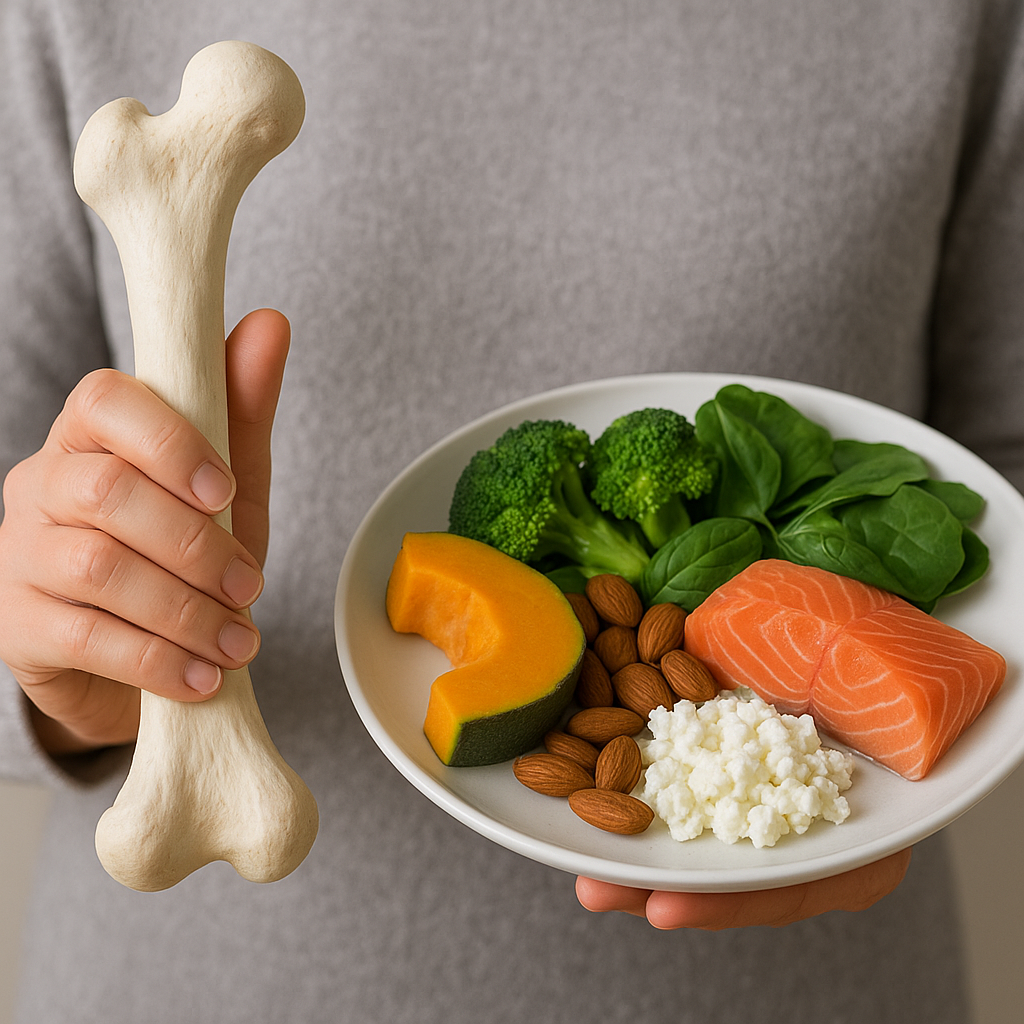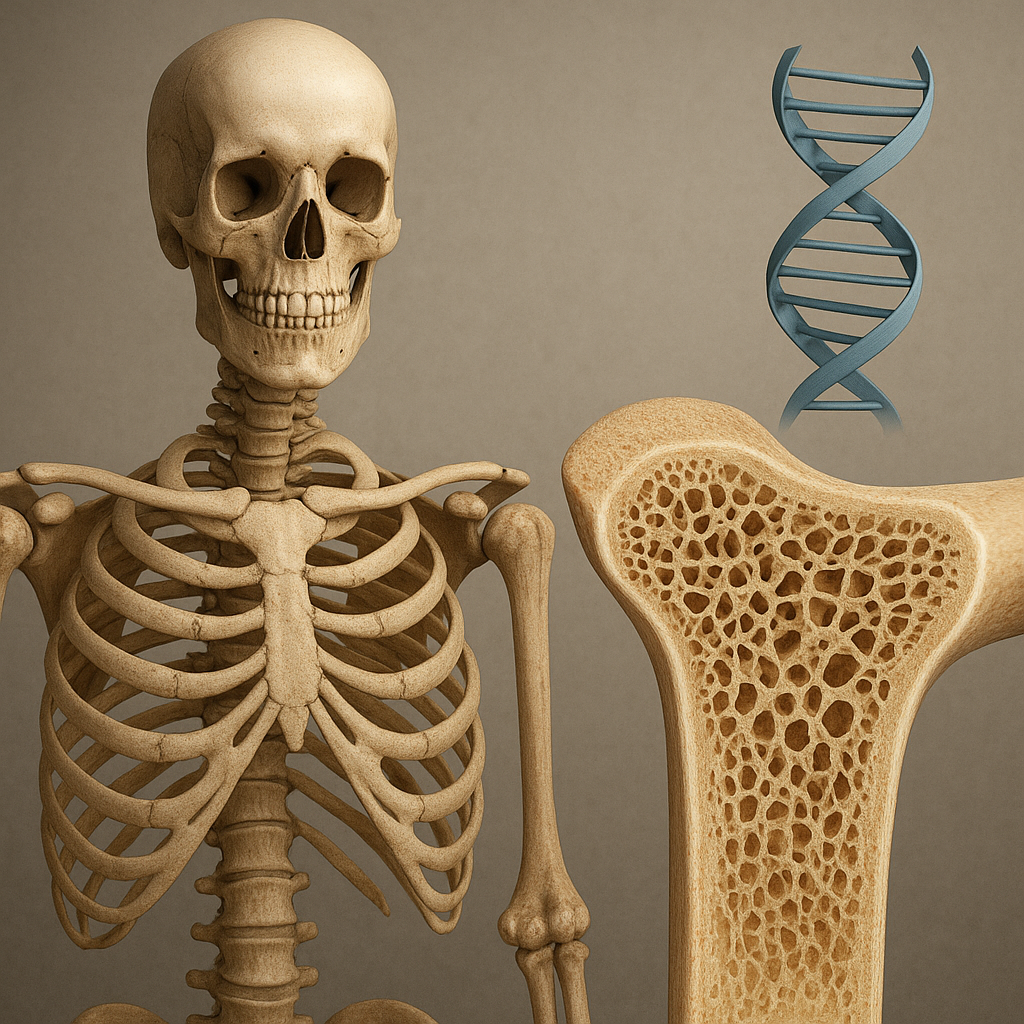The connection between bone health and overall fitness is a crucial aspect of maintaining a healthy lifestyle. Strong bones are essential not only for physical stability and mobility but also for overall well-being. This article explores the intricate relationship between bone health and fitness, highlighting the importance of nutrition, exercise, and lifestyle choices in promoting strong bones and enhancing overall physical performance.
Understanding Bone Health
Bone health is often overlooked in discussions about fitness, yet it plays a vital role in our overall physical condition. Bones are living tissues that undergo constant remodeling, a process where old bone is broken down and new bone is formed. This dynamic process is influenced by various factors, including age, diet, physical activity, and hormonal changes.
As we age, bone density tends to decrease, leading to conditions such as osteoporosis, which significantly increases the risk of fractures and other injuries. Therefore, understanding the factors that contribute to bone health is essential for everyone, especially those engaged in fitness activities.
The Role of Nutrition in Bone Health
Nutrition is a fundamental component of bone health. A balanced diet rich in essential nutrients can help maintain and improve bone density. Key nutrients that play a significant role in bone health include:
- Calcium: This mineral is the primary building block of bone tissue. Adequate calcium intake is crucial for maintaining bone density. Dairy products, leafy greens, and fortified foods are excellent sources of calcium.
- Vitamin D: Vitamin D is essential for calcium absorption in the body. Sunlight exposure is a natural source of vitamin D, but it can also be obtained from fatty fish, egg yolks, and fortified foods.
- Magnesium: This mineral helps convert vitamin D into its active form, which is necessary for calcium absorption. Nuts, seeds, whole grains, and green leafy vegetables are good sources of magnesium.
- Vitamin K: Vitamin K plays a role in bone metabolism and helps in the regulation of calcium in the bones. Leafy greens, broccoli, and fermented foods are rich in vitamin K.
In addition to these nutrients, a diet high in fruits and vegetables can provide antioxidants that help reduce inflammation and oxidative stress, further supporting bone health.
Exercise and Its Impact on Bone Density
Physical activity is another critical factor in maintaining bone health. Weight-bearing and resistance exercises are particularly beneficial for strengthening bones. These types of exercises create stress on the bones, stimulating the bone remodeling process and promoting increased bone density.
- Weight-Bearing Exercises: Activities such as walking, running, dancing, and hiking force the body to work against gravity, which helps build and maintain bone density.
- Resistance Training: Lifting weights or using resistance bands can help strengthen muscles and bones. This type of training is especially important for older adults, as it can help prevent age-related bone loss.
- Balance and Flexibility Exercises: Activities like yoga and tai chi improve balance and coordination, reducing the risk of falls and fractures.
Incorporating a variety of exercises into a fitness routine can provide comprehensive benefits for both bone health and overall fitness. It is essential to consult with a healthcare professional before starting any new exercise program, especially for individuals with existing health conditions or concerns about bone health.
The Interplay Between Bone Health and Overall Fitness
The relationship between bone health and overall fitness is multifaceted. Strong bones contribute to better physical performance, while a well-rounded fitness regimen can enhance bone strength. This interplay is particularly evident in athletes and active individuals, where optimal bone health is crucial for peak performance.
Injury Prevention and Recovery
Maintaining strong bones is vital for injury prevention. Athletes and fitness enthusiasts are often at risk of stress fractures and other injuries related to bone weakness. By prioritizing bone health through proper nutrition and exercise, individuals can reduce their risk of injury and enhance their ability to recover from physical stress.
In the event of an injury, bone health becomes even more critical. Adequate nutrition, including sufficient calcium and vitamin D, is essential for healing. Engaging in low-impact exercises during recovery can also help maintain bone density and prevent further loss.
Long-Term Health Benefits
Investing in bone health through fitness and nutrition has long-term benefits that extend beyond physical performance. Strong bones contribute to overall health and well-being, reducing the risk of chronic diseases such as osteoporosis, arthritis, and cardiovascular conditions. Additionally, maintaining bone health can enhance quality of life, allowing individuals to remain active and independent as they age.
Moreover, the psychological benefits of regular exercise and a healthy diet cannot be overlooked. Engaging in physical activity releases endorphins, which can improve mood and reduce stress. A positive mental state can further motivate individuals to prioritize their bone health and overall fitness.
Conclusion
The connection between bone health and overall fitness is undeniable. By understanding the importance of nutrition, exercise, and lifestyle choices, individuals can take proactive steps to maintain strong bones and enhance their physical performance. Prioritizing bone health not only supports fitness goals but also contributes to long-term health and well-being. As we continue to learn more about the intricate relationship between our bones and overall fitness, it becomes increasingly clear that a holistic approach to health is essential for a vibrant and active life.













